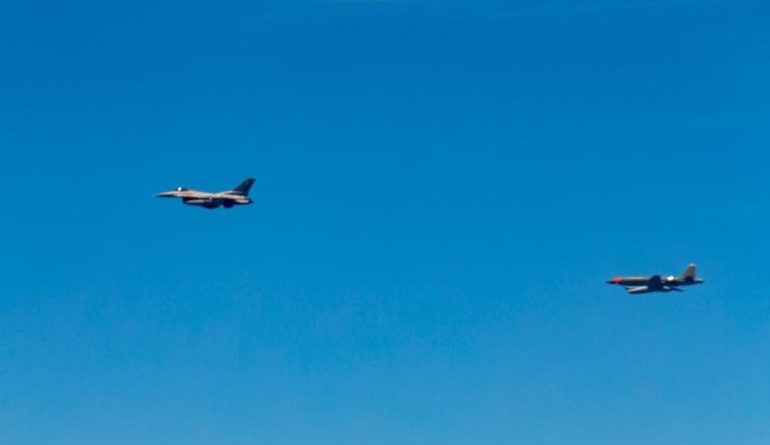Skyborg AI Flies Air Force Drone — What Could Possibly Go Wrong?
Combine Skynet from Terminator and the Borg from Star Trek and you have Skyborg, also known as the latest Air Force AI that has successfully flown a drone.
As any avid science fiction fan can attest, there are some things that are just not a good idea. Creating an AI designed to autonomously fly fighter drones seems like one of them, but naming it after a combination of two of the most terrifying technological villains in moviedom takes the cake.
The Air Force developed two flavors of Skyborg. The first flavor — which we covered here — is an R2-D2 inspired copilot AI. The second is a fully autonomous system that can fly a pilotless drone.
The Air Force’s goal is to eventually have the Skyborg Autonomy Core System (ACS) fly dangerous missions that currently require putting a pilot in harm’s way. The latest test, over Florida and the Gulf of Mexico, was a big step in that direction.
“We’re extremely excited for the successful flight of an early version of the ’brain‘ of the Skyborg system,” said Brig. Gen. Dale White. “It is the first step in a marathon of progressive growth for Skyborg technology,” White said. “These initial flights kick off the experimentation campaign that will continue to mature the ACS and build trust in the system.”
“This test is a significant step toward teaming manned and unmanned aircraft in combat in the not-too-distant future,” said Maj. Nathan McCaskey, 40th Flight Test Squadron Test Pilot and AAAx Project Pilot. “Unmanned aircraft using the autonomy system developed for this experiment could go places where manned fighters can’t go, providing sensor information back to manned teammates, increasing the power projection capability of the Air Force.”
The Air Force hopes to have fully operational Skyborg craft flying missions around 2023. If science fiction is any guide, humanity should be fighting for its life shortly thereafter.



